How Far Offshore Should You Go for Certain Saltwater Fish?
The allure of saltwater fishing lies not just in the thrill of the catch, but in the strategy of knowing where different species dwell. Venturing offshore presents anglers with a tapestry of environments, each hosting unique fish populations that vary with distance from shore. Understanding these patterns can transform a casual fishing trip into a targeted expedition with higher chances of success. From the nearshore shallows to the distant blue waters, each zone offers distinct opportunities for anglers willing to travel the distance. Whether you’re planning your first offshore adventure or looking to target a specific trophy fish, knowing how far to venture can make all the difference between returning with impressive stories or just a sunburn.
Nearshore Waters (0-3 Miles): The Gateway to Offshore Fishing
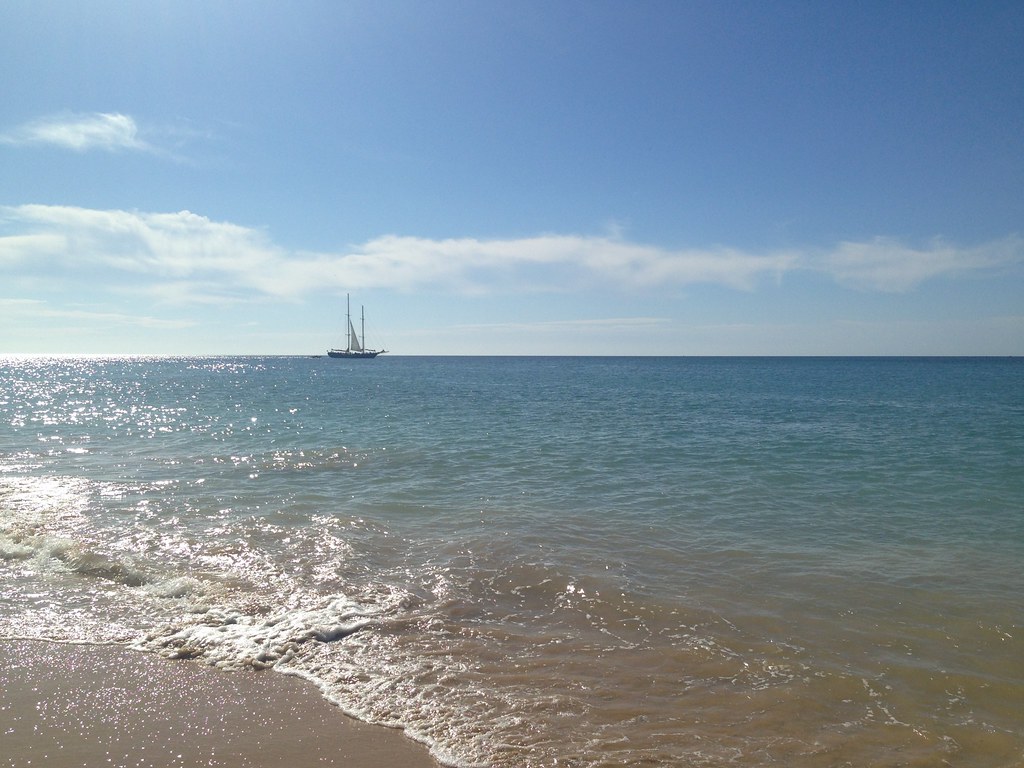
Nearshore waters represent the transition zone between inshore estuaries and the open ocean, typically extending to about three miles from shore. This region is characterized by water depths ranging from 20 to 60 feet and is accessible to smaller boats with modest engines. Species commonly found in these waters include Spanish mackerel, bluefish, smaller king mackerel, and various snapper species. Nearshore fishing is particularly productive around structures like jetties, artificial reefs, and natural bottom formations that provide habitat for baitfish. The benefit of fishing these waters is the relatively short travel time and reduced fuel costs, making them ideal for half-day trips or anglers with less seaworthy vessels.
Middle Grounds (3-20 Miles): Where Variety Thrives
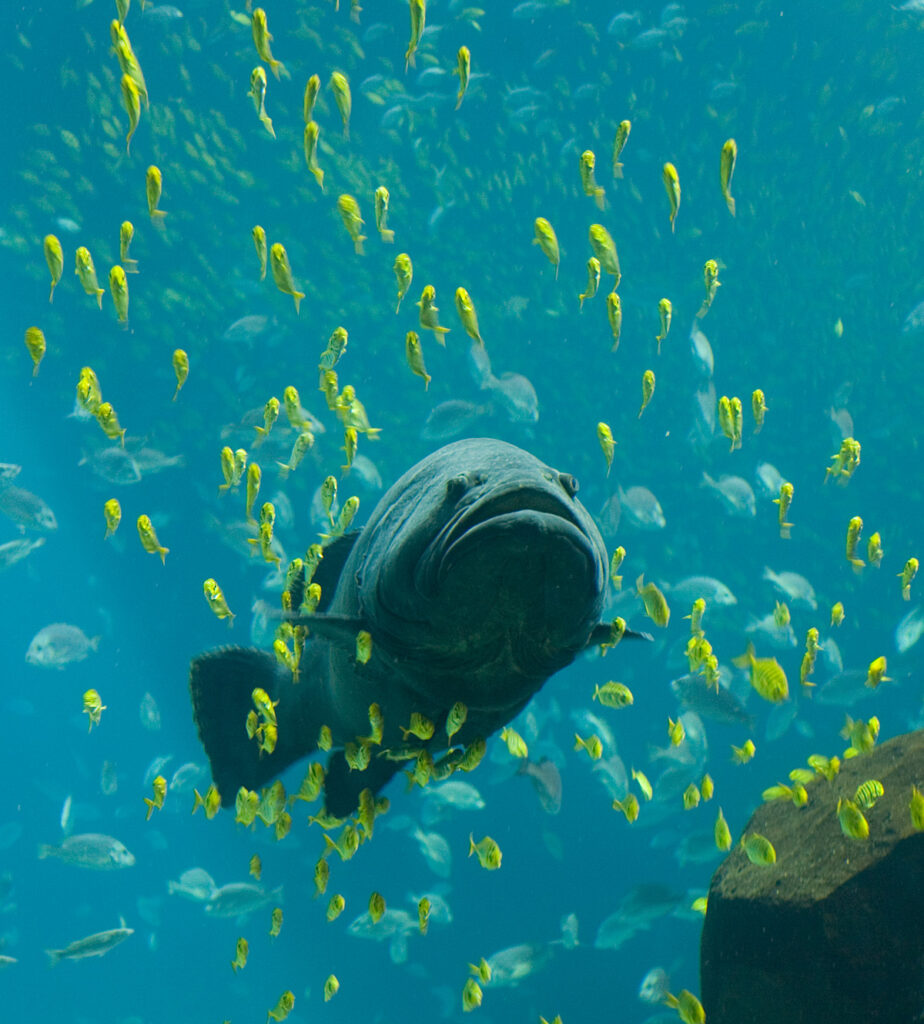
The middle grounds represent a sweet spot for many recreational anglers, offering a diverse range of species without requiring extensive offshore travel. At this distance, you’ll find water depths typically between 60 and 150 feet, hosting prized catches like grouper, larger snapper species, amberjack, and cobia. These waters feature more pronounced structures including larger reefs, ledges, and wrecks that create productive fishing grounds. Middle grounds fishing usually requires boats in the 20-30 foot range with sufficient fuel capacity and safety equipment for trips that often last a full day. Many charter captains focus on these waters because they provide reliable action while remaining within reasonable distance of port in case weather conditions deteriorate.
Offshore Proper (20-50 Miles): The Serious Angler’s Domain
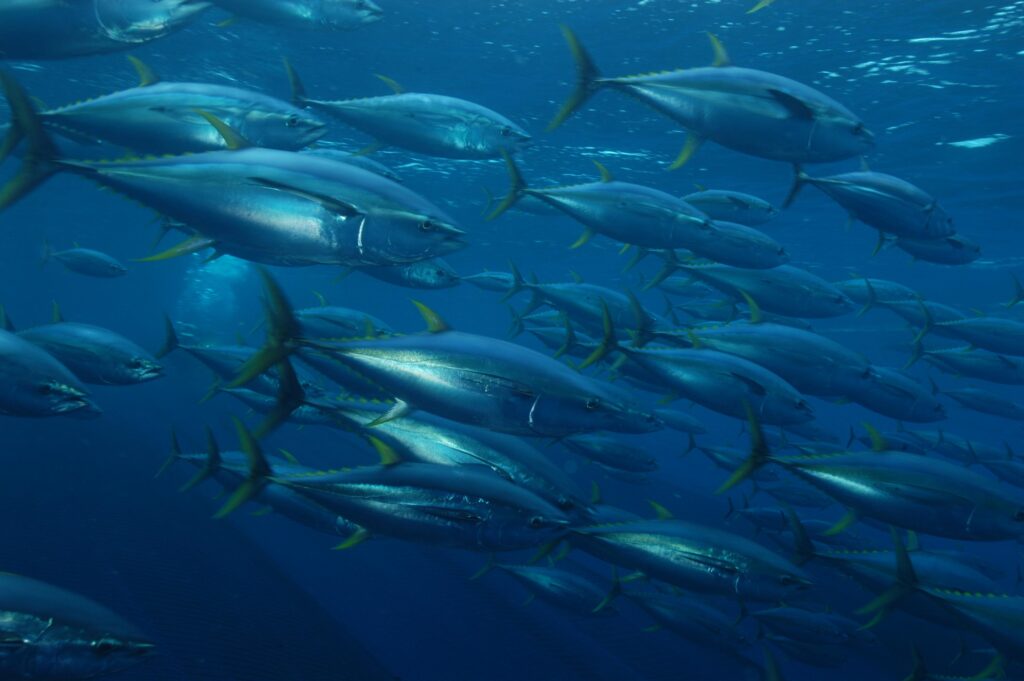
Venturing 20 to 50 miles offshore puts anglers in prime territory for some of the most sought-after game fish species. This zone features water depths ranging from 150 to several hundred feet and requires larger, well-equipped vessels capable of handling potentially rougher seas. Target species in these waters include larger grouper species, swordfish, wahoo, mahi-mahi (dorado), and yellowfin tuna depending on the region. Offshore proper fishing is characterized by deeper structures, seamounts, and more defined current edges that concentrate baitfish and predators. These trips typically require planning for overnight excursions or very early departures to maximize fishing time, as transit alone can consume several hours each way.
Deep Blue Water (50+ Miles): The Trophy Hunter’s Territory
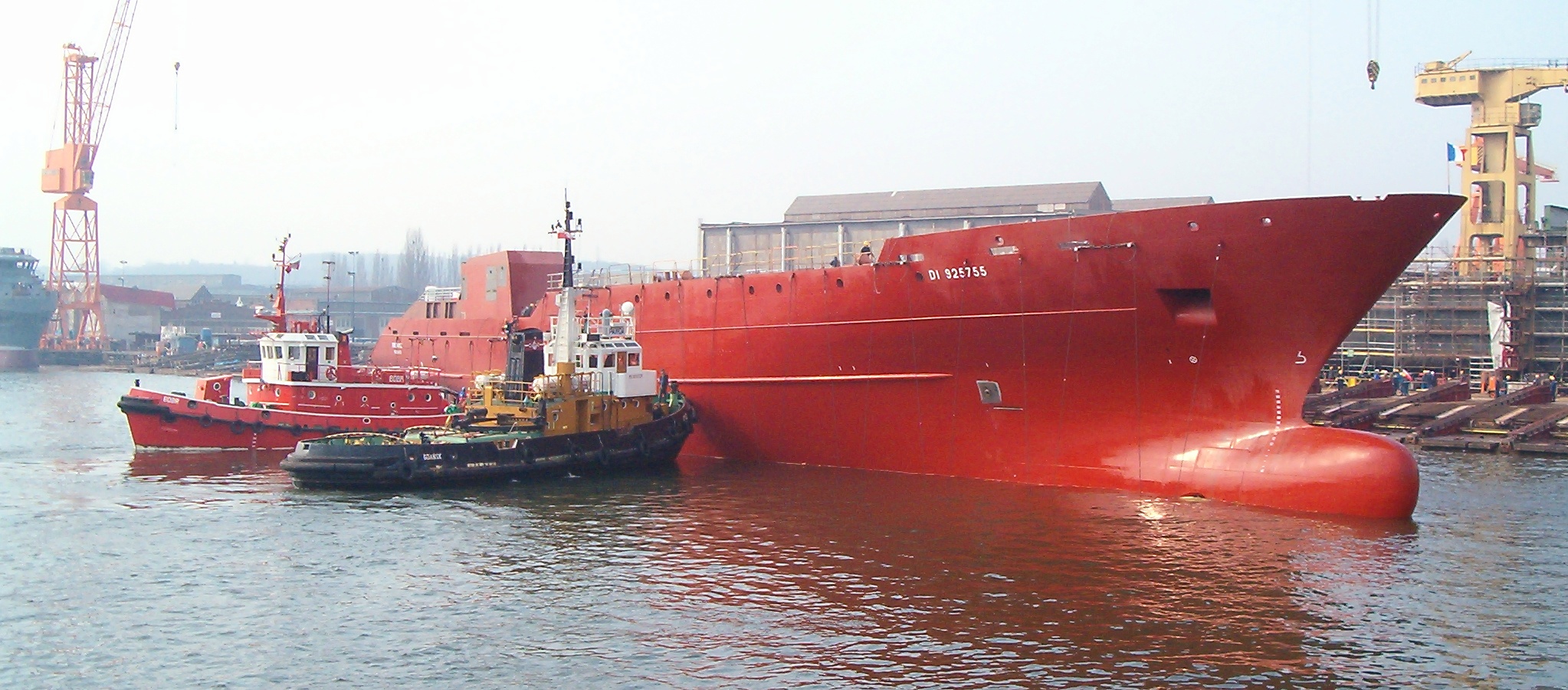
The deep blue water zone beyond 50 miles offshore represents the frontier of recreational fishing, where anglers pursue trophy pelagic species and experience true big-game fishing. These distant waters, often reaching depths of thousands of feet, are home to prestigious catches including blue marlin, giant bluefin tuna, and other apex predators. Fishing these waters requires specialized vessels typically 30 feet or larger with substantial fuel capacity, advanced navigation equipment, and comprehensive safety gear. The commitment to deep blue water fishing often involves multi-day trips, significant expense, and carefully planned weather windows to ensure safe passage. Despite these challenges, the potential reward of battling truly massive fish in their natural environment draws dedicated anglers to these distant waters.
Understanding Seasonal Migrations and Distance
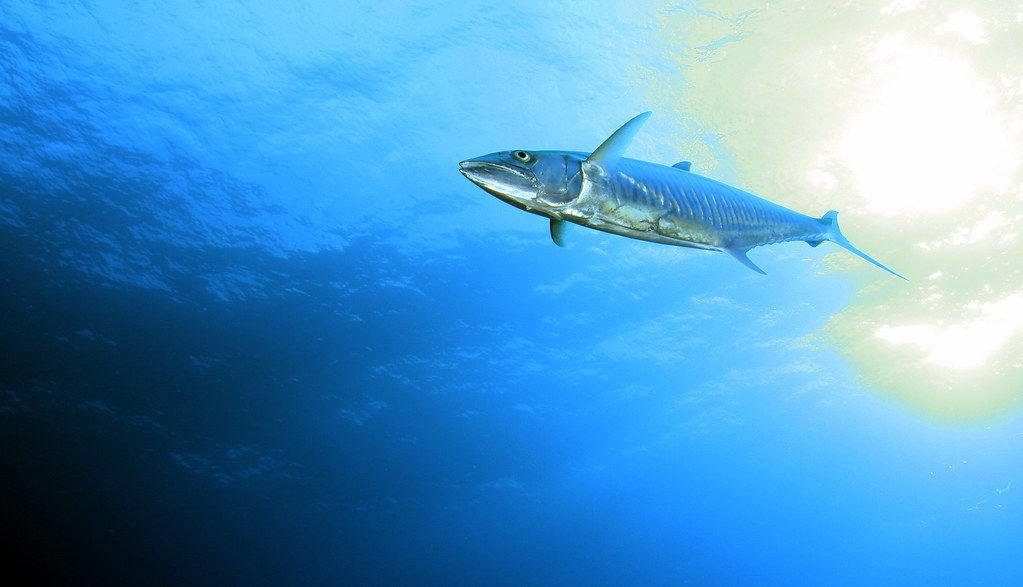
Fish don’t remain stationary throughout the year, and understanding seasonal migrations can dramatically affect how far offshore you’ll need to travel to find your target species. Many pelagic species follow predictable patterns based on water temperature, spawning behaviors, and food availability. For instance, king mackerel might be caught within a few miles of shore during their spring and fall migrations, but require trips to middle grounds during summer months. Bluefin tuna might approach within 30 miles of shore during certain seasons but remain in deep offshore waters for much of the year. Savvy anglers track these migrations through fishing reports, water temperature charts, and historical patterns to optimize their time on the water without unnecessarily traveling extreme distances.
The Role of Water Temperature and Thermoclines
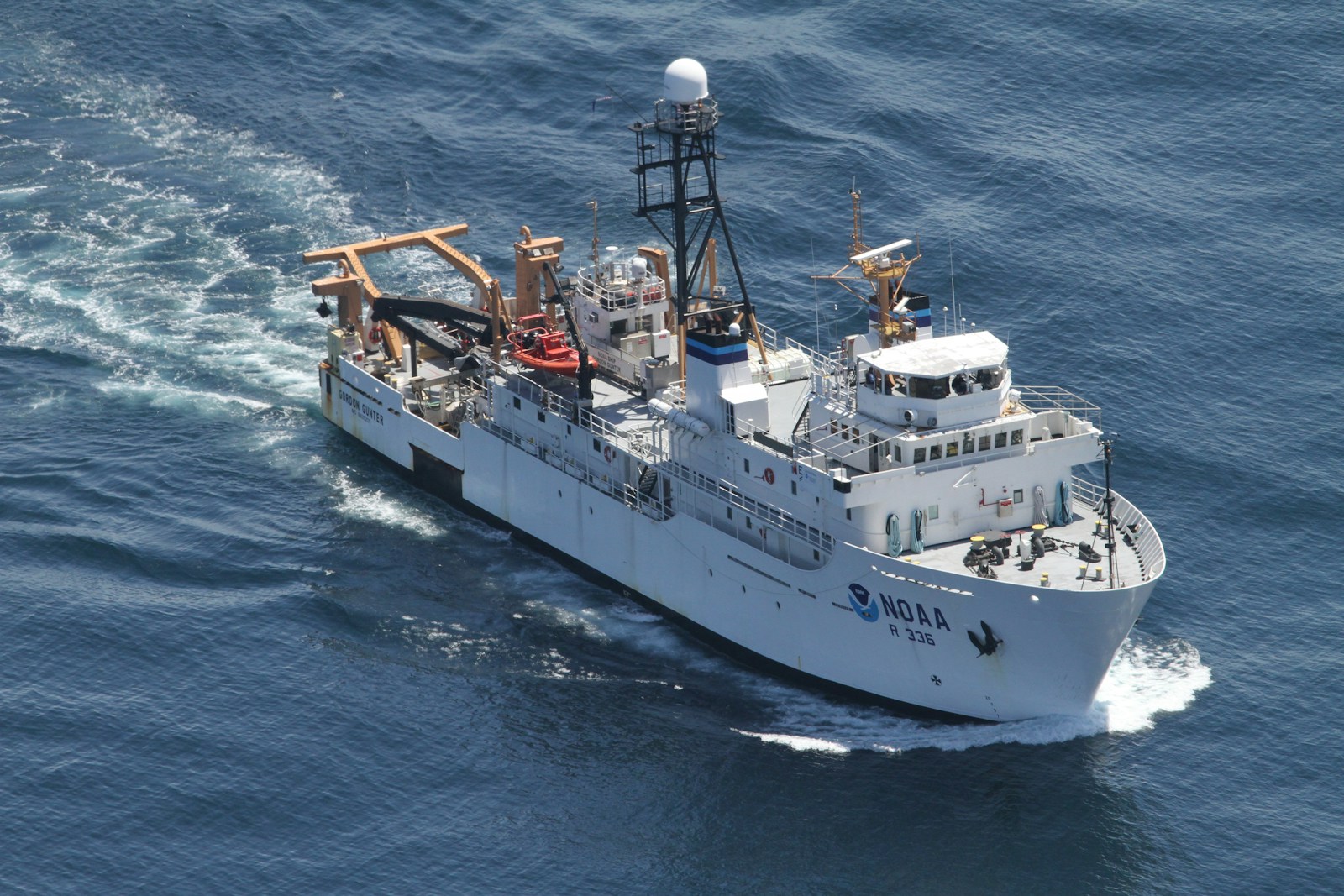
Water temperature gradients significantly influence where different fish species congregate, often dictating how far offshore anglers need to venture. Many gamefish prefer specific temperature ranges and will follow these thermal bands as they shift throughout the seasons. Thermoclines—distinct layers where water temperature changes rapidly with depth—create biological hotspots that concentrate baitfish and their predators. During summer months, desirable temperature ranges might be found closer to shore in the early morning before pushing further offshore as surface waters warm. Advanced anglers use sea surface temperature (SST) charts and reports of thermocline depths to determine optimal fishing distances, sometimes finding that traveling an extra 10 miles can make the difference between fishing in empty water and finding concentrated action.
Structure Fishing vs. Open Water: Distance Considerations
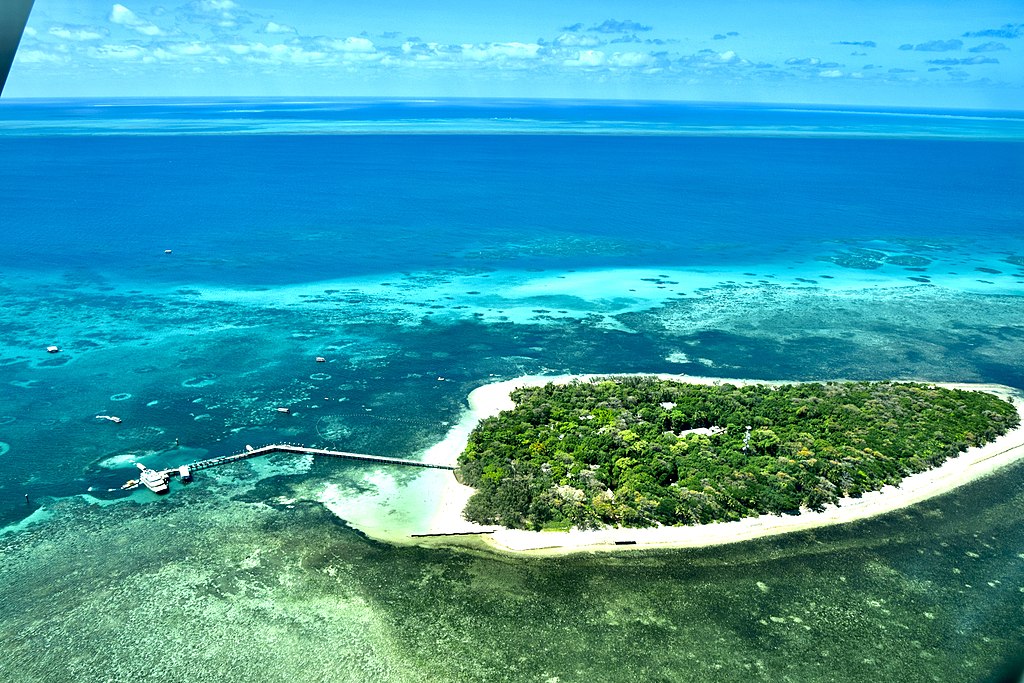
The type of fishing you prefer—structure-oriented or open water—directly impacts how far offshore you’ll need to travel. Structure fishing focuses on reefs, wrecks, and natural bottom formations that hold resident species like grouper and snapper, with productive spots often found within 5-30 miles depending on your coastline. Open water or pelagic fishing targets migratory species like tuna, marlin, and mahi-mahi that follow currents and bait schools, frequently requiring runs of 30+ miles to reach productive areas. Some anglers solve this distance dilemma by planning trips that hit nearshore structures on the way out and back, while spending the prime midday hours in deeper water for pelagic species. This hybrid approach maximizes fishing opportunities while justifying the fuel and time investment of traveling significant distances offshore.
Species-Specific Distance Guidelines: Snapper and Grouper
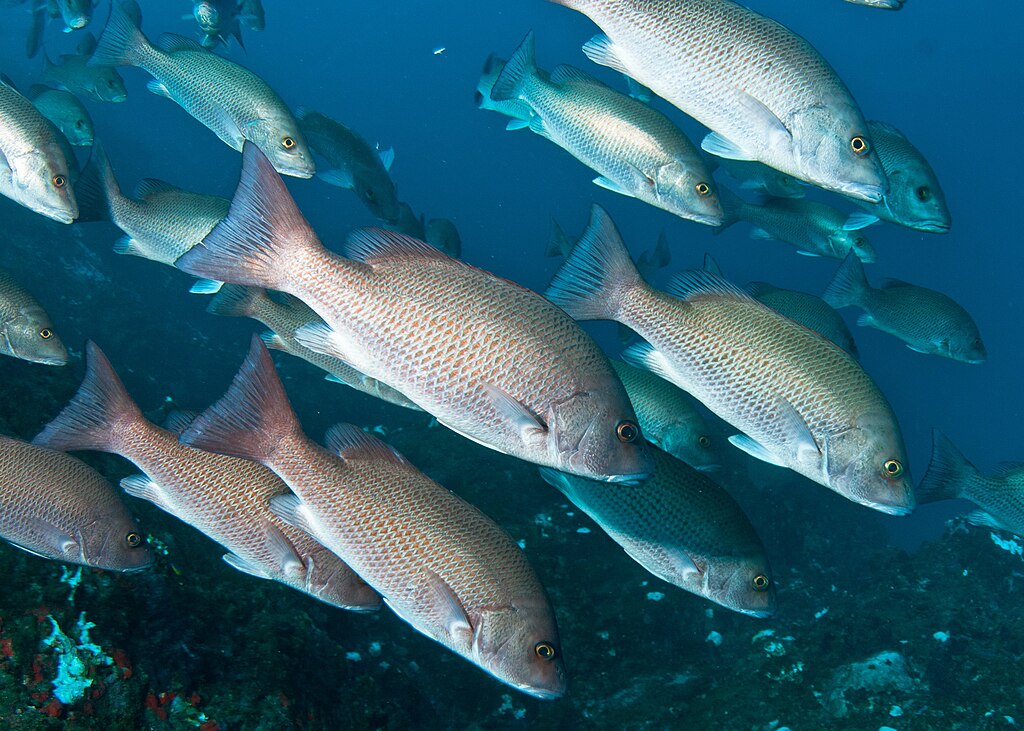
Snapper and grouper species represent prime targets for offshore anglers, with different species typically found at varying distances from shore. Smaller snapper varieties like lane and vermilion snapper can often be caught within 5-15 miles on appropriate bottom structure. Red snapper, depending on region, typically require trips of 15-40 miles offshore to reaches depths of 60-150 feet where they congregate around reefs and wrecks. Grouper species follow a similar pattern with gag grouper sometimes found in nearshore waters, while red, scamp, and warsaw grouper generally inhabit progressively deeper waters requiring longer runs offshore. The largest grouper specimens, particularly warsaw and snowy grouper, often require ventures of 40+ miles to reach depths exceeding 300 feet, making them a significant commitment in travel time and fishing technique.
Species-Specific Distance Guidelines: Pelagic Predators
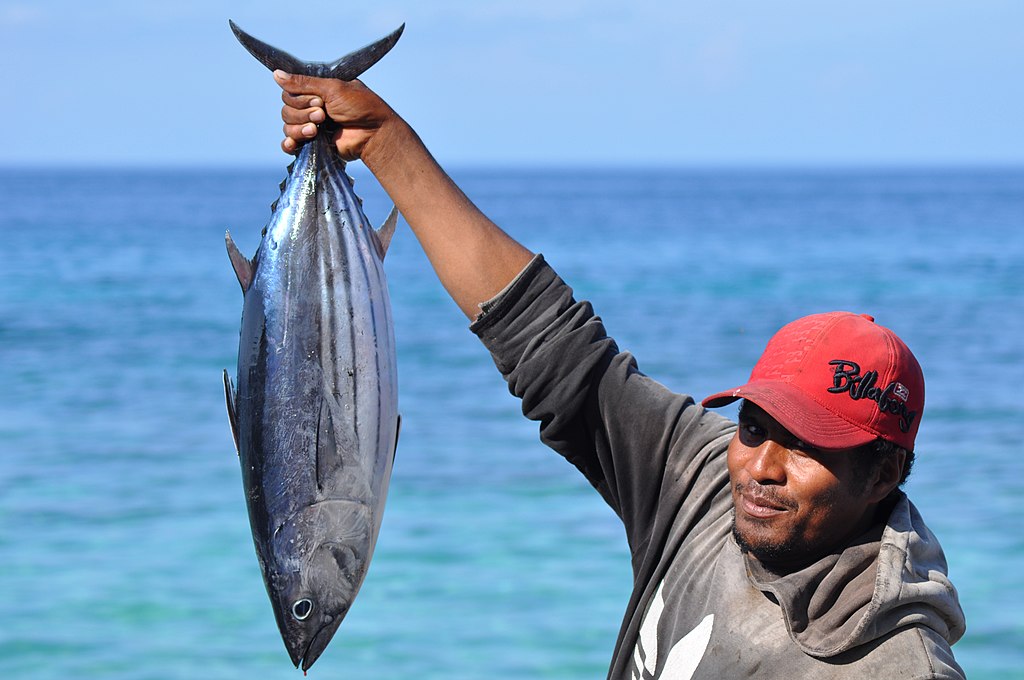
Pelagic predators like tuna, marlin, and sailfish typically require anglers to venture significantly farther offshore than their bottom-dwelling counterparts. Blackfin tuna might be encountered as close as 15-20 miles offshore in some regions, while yellowfin tuna generally require trips of at least 30-70 miles to blue water environments. Billfish such as sailfish can sometimes be found within 15-30 miles in certain seasonal migrations, but blue marlin typically require journeys of 50+ miles to their preferred deep blue habitat. Mahi-mahi (dorado) represent something of an exception among pelagics, as they can be found anywhere from 10 miles out to the deepest offshore waters, typically associating with floating structure, weed lines, or current edges. For most serious pelagic fishing, anglers should prepare for full-day or overnight excursions that reach true offshore environments.
Boat Capabilities and Safety Considerations
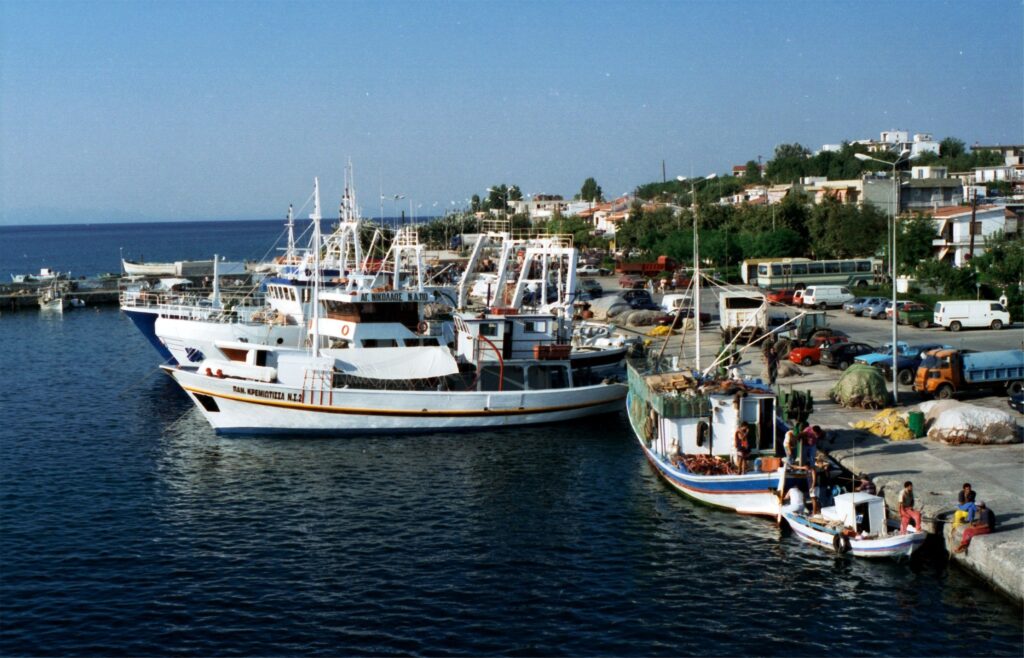
Your vessel’s capabilities should be the primary limiting factor in determining how far offshore to venture, regardless of where the fish might be biting. Smaller boats under 20 feet are generally limited to nearshore waters within 10 miles of shore except in the most favorable conditions. Mid-sized boats (20-30 feet) can safely fish middle grounds up to about 30 miles offshore with proper equipment and favorable weather. Only larger offshore-designed vessels with twin engines, substantial fuel reserves, and comprehensive safety equipment should regularly venture beyond 30 miles. Essential safety equipment for offshore trips includes marine radios, EPIRBs (Emergency Position Indicating Radio Beacons), life rafts for distant voyages, redundant navigation systems, and sufficient fuel reserves with a minimum 1/3 reserve capacity. Remember that weather conditions can change rapidly offshore, potentially turning a calm morning into dangerous seas by afternoon.
The Economics of Distance: Fuel Consumption and Trip Planning
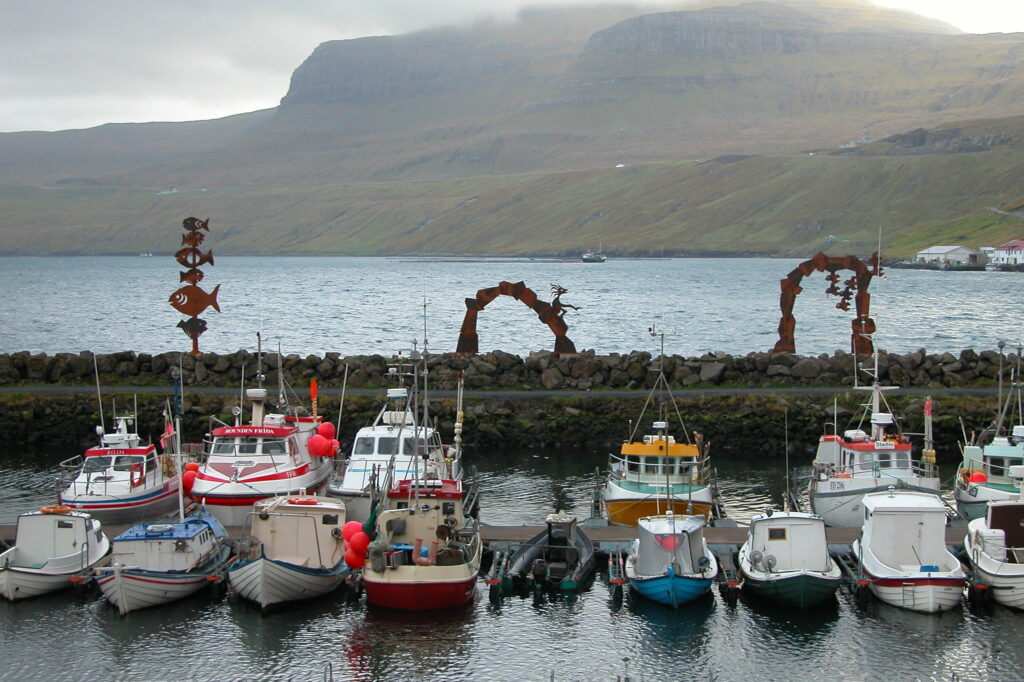
The economics of offshore fishing become increasingly important as distance increases, with fuel often representing the largest variable expense. Modern offshore fishing boats typically consume 1-4 gallons per mile depending on size, speed, and sea conditions, meaning a 50-mile offshore run can easily require 100+ gallons for the round trip. Smart anglers calculate their “range of economic operation” by determining the distance at which the expected value of their catch (or the experience itself) justifies the fuel investment. Charter operations typically adjust their rates based on distance, with nearshore trips costing significantly less than full-day offshore excursions. Many experienced anglers address this economic challenge by planning multi-purpose trips that target several species at different distances, making strategic stops to maximize fishing time while minimizing unnecessary running.
Technology and Finding Fish at Any Distance
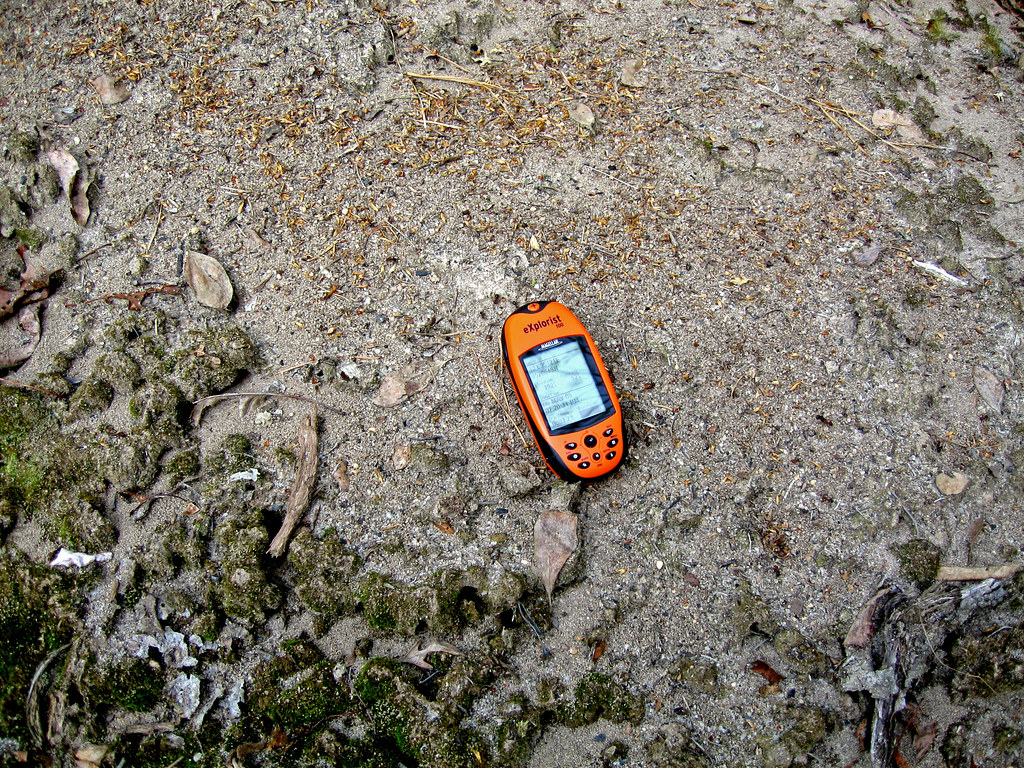
Modern technology has revolutionized offshore fishing by helping anglers pinpoint productive areas at any distance from shore. Satellite imagery services provide real-time information on water color boundaries, temperature breaks, and current edges that concentrate fish, potentially saving hours of searching. Advanced sonar systems with side-scanning and down-scanning capabilities help locate structure and bait schools that might hold gamefish. GPS systems not only ensure safe navigation but allow precise returns to productive fishing spots discovered on previous trips. Perhaps most valuable are fishing forecast services that combine multiple data points to predict where different species will likely concentrate on a given day, helping anglers make informed decisions about how far to venture offshore. While no technology guarantees success, these tools significantly increase the odds of finding fish without unnecessarily burning fuel exploring unproductive waters.
Maximizing Fishing Time at Any Distance
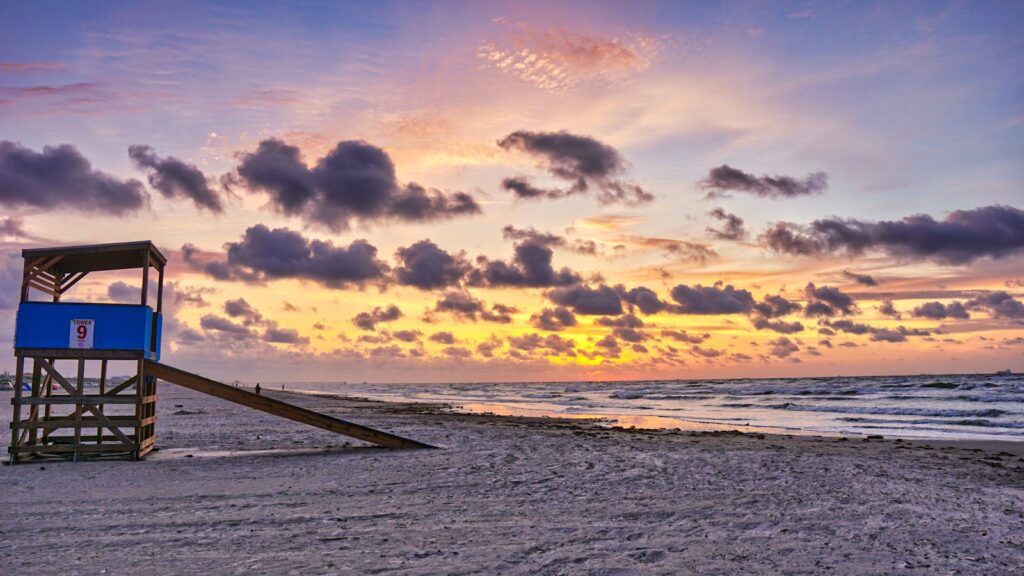
The fundamental challenge of offshore fishing is balancing travel time against actual fishing time, especially as distances increase. For trips beyond 20 miles, many serious anglers depart before dawn to reach fishing grounds at first light when many species feed most actively. Multi-day trips become increasingly practical beyond 40 miles, allowing anglers to maximize fishing time relative to travel time. Some fishing operations employ strategies like trolling during transit, effectively turning travel time into potential fishing time by pulling lures or baits that might attract pelagic predators. Others practice “run and gun” techniques, making shorter stops at multiple promising locations rather than committing to a single distant destination. The most successful offshore anglers develop a network of potential fishing spots at varying distances, allowing flexibility based on weather conditions, reports of recent activity, and available time.
Understanding the relationship between distance offshore and fish species distribution transforms random fishing trips into strategic expeditions. While certain prized catches indeed require significant offshore travel, many rewarding fishing experiences await within reasonable distances from shore. The ideal approach balances your target species, vessel capabilities, safety considerations, and economic factors to determine the appropriate offshore range for your specific situation. With proper planning and realistic expectations, anglers of all experience levels can find productive waters within their comfort zone, whether that’s just beyond the breakers or 50 miles into the deep blue. The ocean’s bounty extends across all distances—the key is knowing where your target species swim and ensuring you have the right vessel and preparation to reach them safely.
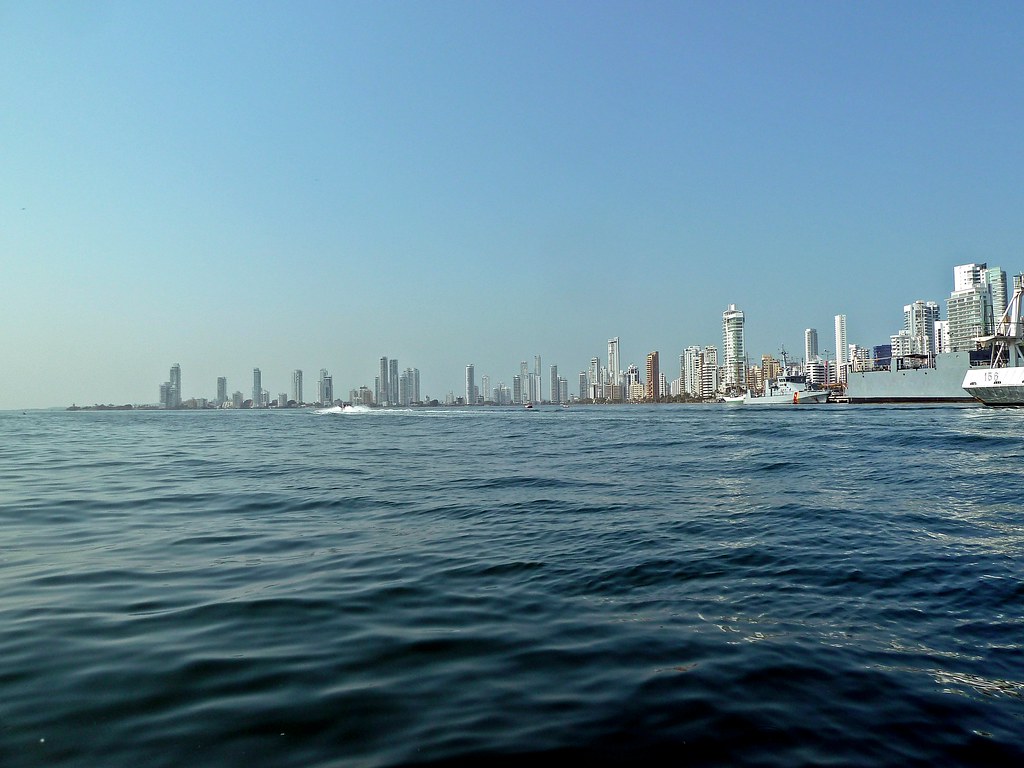

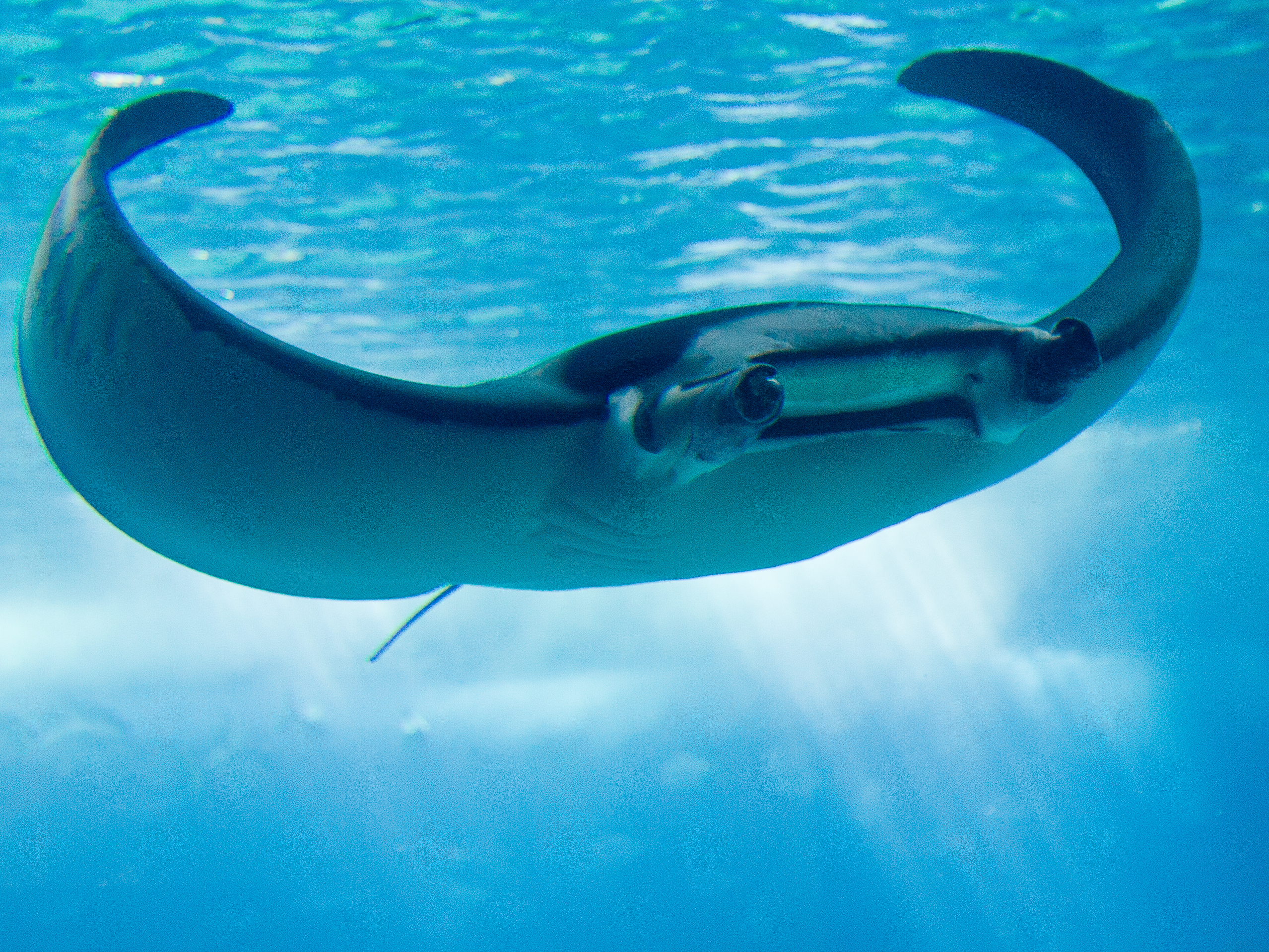

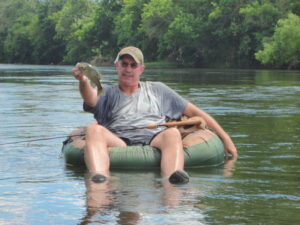
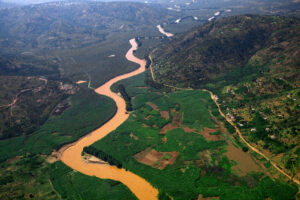








Post Comment